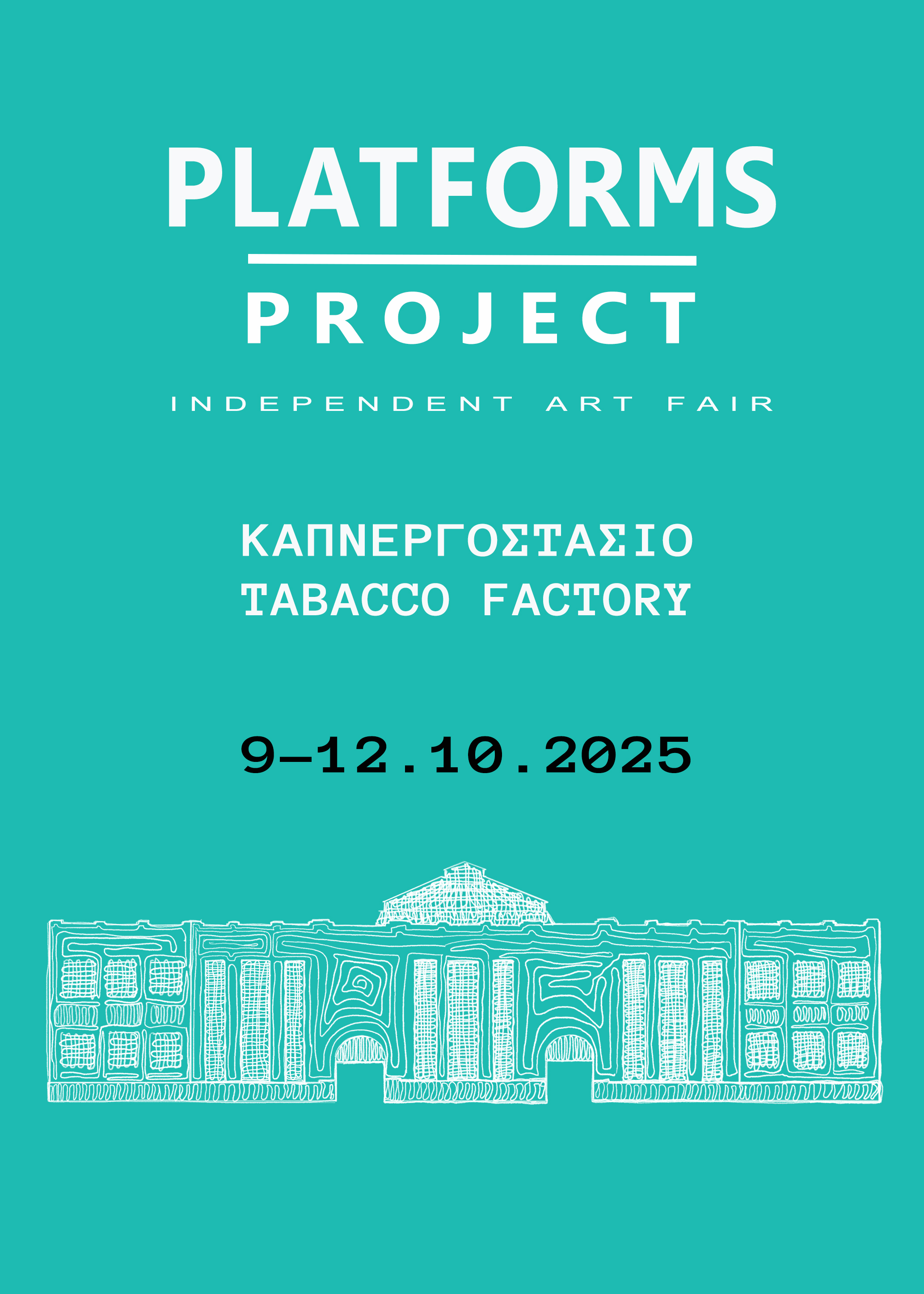Visual artist Ilias Vasilos draws inspiration from invisible phenomena to create complex geometric canvases and to express man's awe and amazement when faced with the complexity of the natural world. On the occasion of his latest solo show at Depo Darm gallery in Athens he talks to und. Athens about his process, his materials of choice and the ideas behind his new body of work.

How did you start drawing and how did your interest in art emerge?
My relationship with drawing and painting began since my childhood. I remember myself drawing mainly comics, and later I began working on graffiti. Important factors for this starting point was my love for creation and discovery through painting, my father who works as a professional furniture maker and many friends of mine. My interest in art came about later while studying at the Department of Visual and Applied Arts of the Aristotle University of Thessaloniki and also from my personal study of art history.
How did the exhibition’s title “Fragmentation” came up?
The title came up while I was trying to think of a concept/word that could characterise the main axis of my research, but also the main features of my works. So I decided upon using the word disintegration-fragmentation because it represents the two main aspects of my work, the process of repetition and the dispersal of the painting surface into smaller units.
Which expressive mediums and painting styles do you use?
The mediums through which I express myself are painting using oil on canvas, analogue printing on paper (engraving technique) and working on wood. In general I use all sorts of different styles, depending on what I want to accomplish, one of which is the technique of masking.
Can you say a few words about this technique and how it assists you on your work?
It is a quite popular technique within the art scene as well as the graffiti scene in the form of stencil, with which you mask (cover) parts of the painting surface in order to keep them clean while you’re working on the rest of the artwork. I personally use paper tape for the masking, creating grids in which I find myself- through a repetitive process- studying concepts such as rhythm, time, space and movement, but also the relationship between the unit and the whole.

The exhibition contains two installations made of wood. Why did you choose this material?
My involvement with woodcraft began at a young age while working and learning about it at my father’s furniture workshop. I later chose to use it as a means of expression, not only because I had the expertise around the specific material due to my past, but also because of the need to project my ideas in three dimensional form, thus allowing my work to evolve.
Where do you draw inspiration from?
Inspiration is like a flash, a momentary gleam. It’s a function of the brain that combines images, information, emotions, experiences and memories. I usually draw inspiration from my surrounding environment, from books and texts, scientific documentaries and studies, from art history as well as the act of drawing itself.
How do you envision your work in the future?
The work resembles life in a way, it finds itself in constant motion and evolution. One can make plans and thoughts about the future, but it’s never certain where they will end up and how. This for me is the allure of the creative process and practice. For the time being I continue with this study, which has been developing for the past five years and I think it has a lot more to offer.

